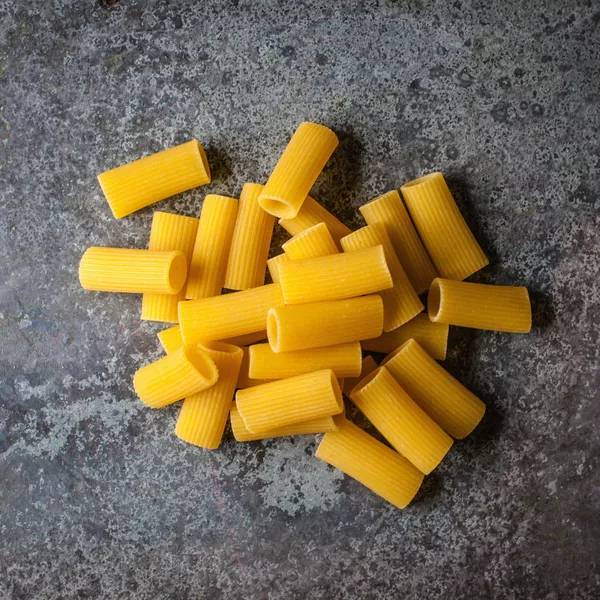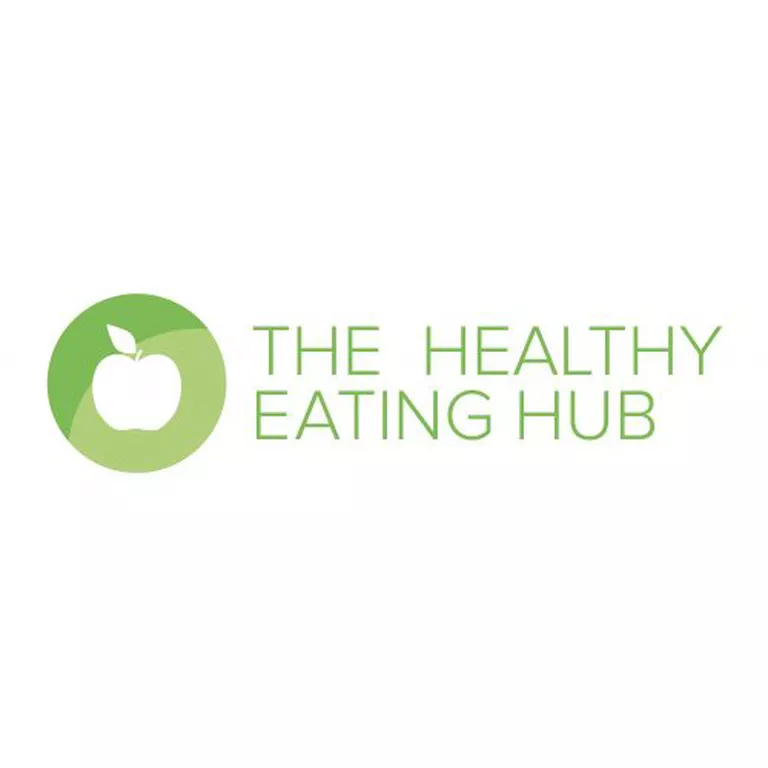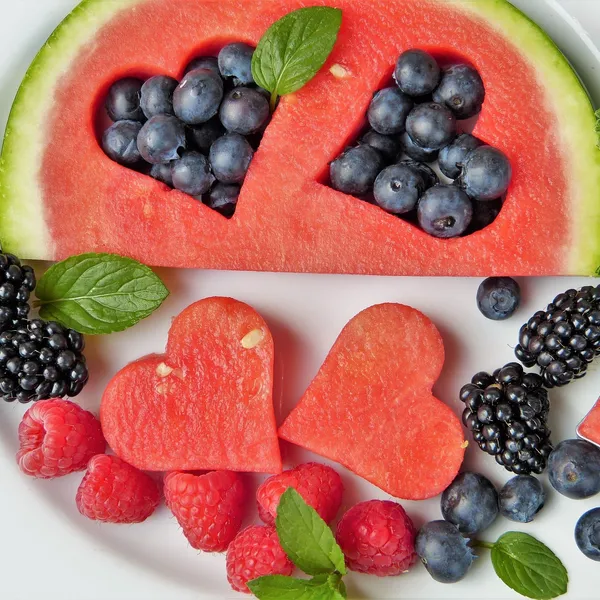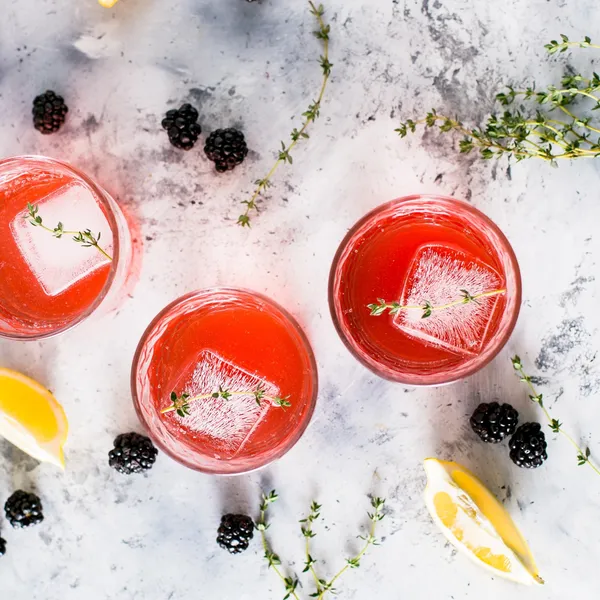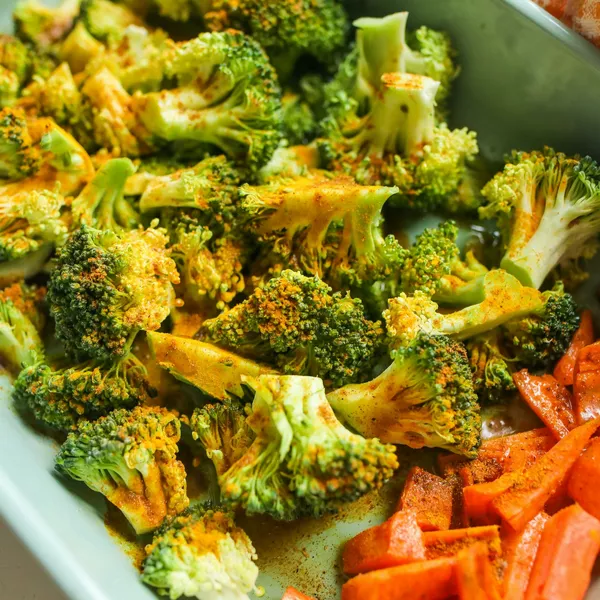Why is it considered healthy?
Fruit and vegetable peels are full of great nutrients, with most skins containing larger amounts of vitamins, minerals and fibre compared to the same peeled fruit or vegetable. Some peels are hard to clean or are inedible, so these can be disregarded, eg, avocados, melons, pineapples, bananas and celery. There’s generally less food preparation involved by leaving the skins on, but be sure to give the skins a nice wash beforehand.
What foods are best to use?
Most fruits and vegetables have edible skin, eg, apples, kiwifruits, citrus fruits like oranges and lemons (you can grate their peels over salads or veggies), white potatoes, sweet potatoes, carrots, parsnips and cucumbers.
